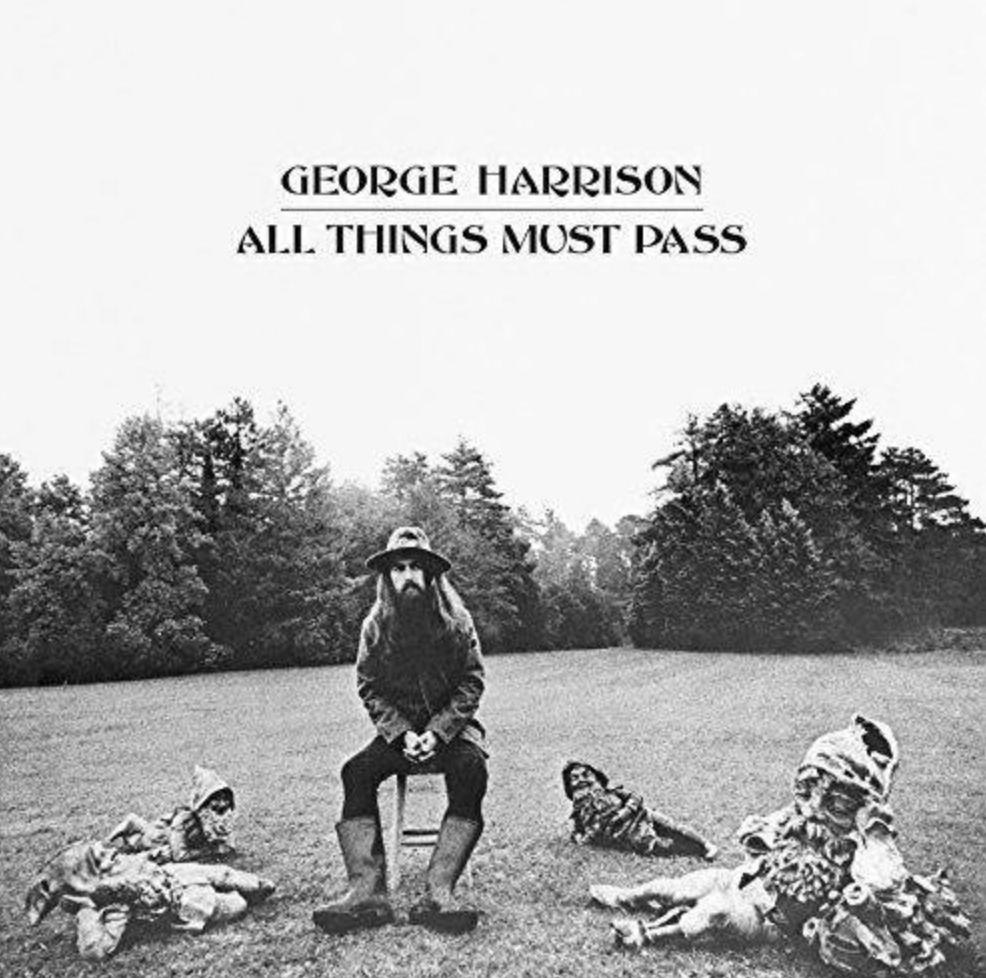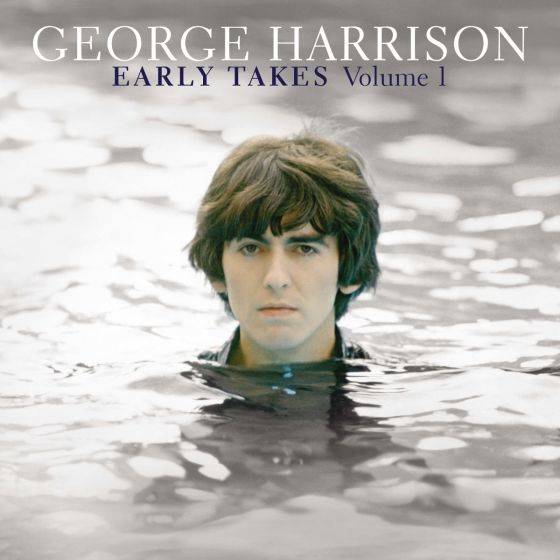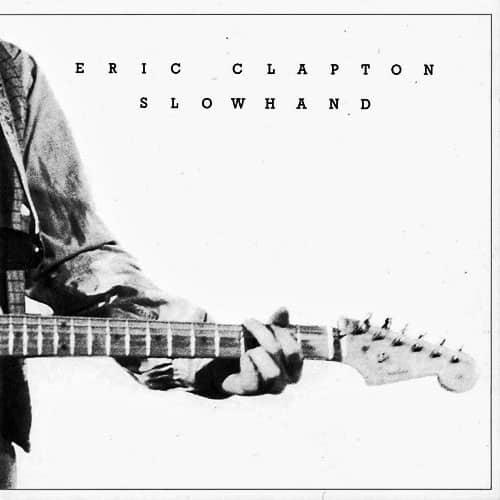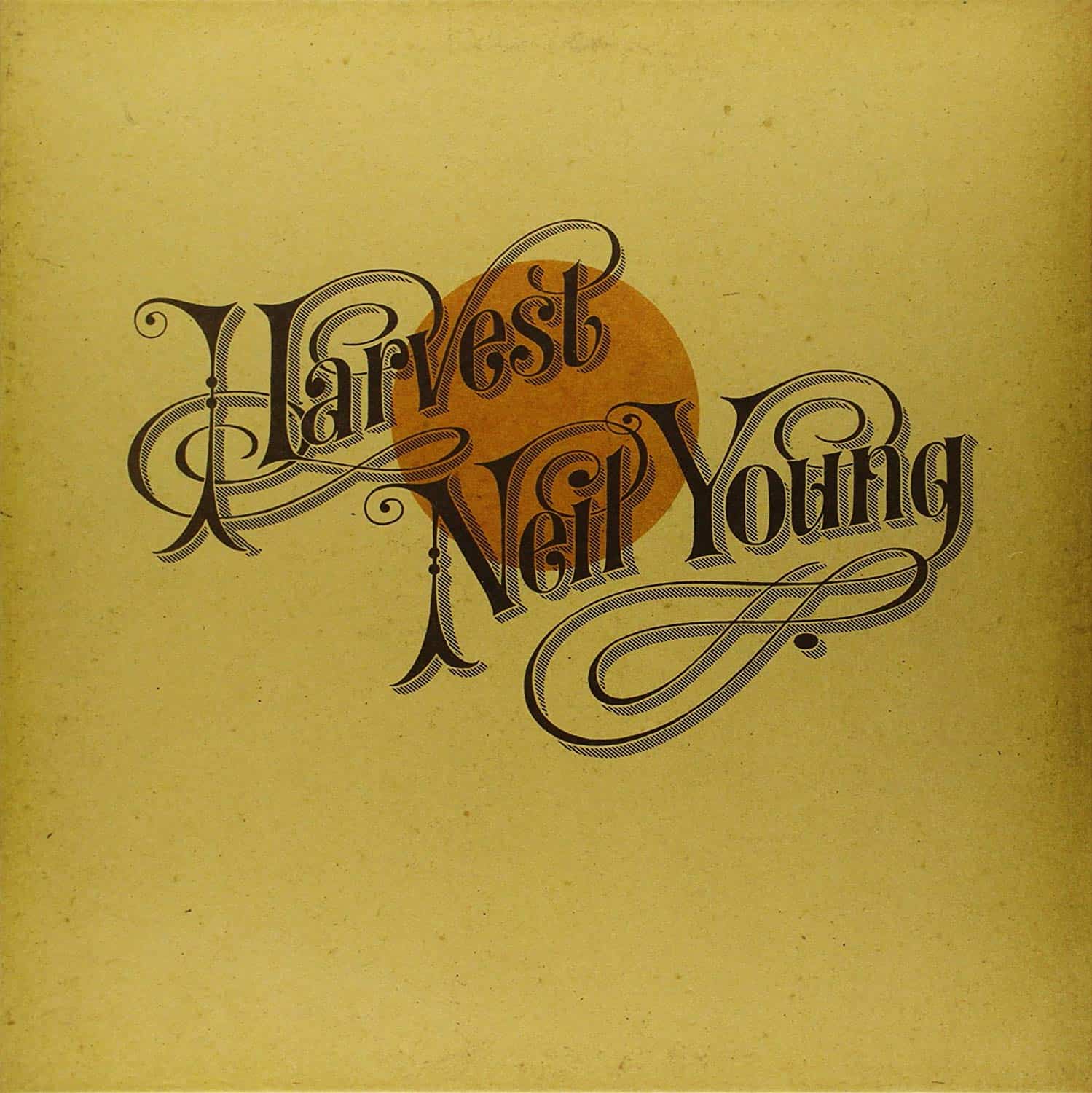Marketplace
2017 Apple Records PRESSING
- Catalog Number 0602557090420
- Release Year 2017
- Vinyl Mastering Engineer Ron McMaster
- Pressing Weight 180g
- Jacket Style Gatefold
- Original Release Year 1973
- Original Label Apple
- Original Catalog Number PAS 10006
When listening to this album I think of this band or music:
It’s hard to think about the “quiet Beatle” without at the same time considering Eric Clapton. The two were so close that Clapton’s absence on Living in the Material World seems difficult to ignore, as if Clapton was stepping (or pushed) aside to allow Harrison’s guitar brilliance to shine. While Harrison’s spirituality might place him closer to John McLaughlin, Clapton remains his real soul mate.
Music from this album would be a great soundtrack to this movie:
Pattie Boyd always lurks in the background of any discussion about George Harrison. At the time of the album’s recording, she still lived with him at Friar Park. But the relationship was cratering in part because of Harrison’s unshared devotion to Hindu spirituality, his infidelities, and Eric Clapton’s infatuation with Boyd that would ultimately lead to their marriage. Jacques Rivette’s incomparable La Belle Noiseuse—about a reclusive artist living with his wife (played by Jane Birkin) in the French countryside, and whose life gets upended when a young model arrives and awakens his waning gifts—complements the theme of artistic inspiration running through both the film and Living in the Material World.
After rushing out of the post-Beatles gate with his masterpiece All Things Must Pass, George Harrison took a few years to build up to what many believe ranks as his other (albeit underappreciated) masterwork, Living in the Material World. Harrison, like at least one other former Beatle, proved an extremely complicated and conflicted person—a trait that shows up nowhere as clearly as on his 1973 album.
On the one hand, Harrison enjoyed great wealth—reflected on the inside of the record’s foldout cover that depicts the singer and several select friends enjoying a lavish meal on a table set on his manicured front lawn. (Only a couple of acres of his estate are visible in the photograph.) The table setting functions as a parody of Leonardo de Vinci’s The Last Supper. In the distance, you can spot Harrison’s 120-room mansion set on 62 acres. A chauffeured limousine awaits his pleasure out front, behind which resides an exotic Italian sports car. At the same time, Harrison lived in a spiritual world and devoted much of his energy to Hinduism.
Such duality reveals itself on the album’s front and back cover photographs of a hand. On the front, the hand holds a Hindu medallion and on the back, a couple quarters and a silver dollar. Harrison’s struggle between the two extremes involved fast cars and cocaine—and meditation and striving for self-awareness. Living in the Material World remains a record of its time, when the self-improvement movement and fascination with spirituality hit at a peak. While the set does not contain the consistency of the great writing present in All Things Must Pass, it contains three stunning works—“Give Me Love (Give Me Peace On Earth,” “Sue Me, Sue You Blues,” and “Don’t Let Me Wait Too Long” along with other fine material and a little filler. More importantly, it shows off Harrison’s prodigious talent as a guitar player more than any of his other solo efforts. He played all the guitar parts and surrounded himself with Ringo Starr and Jim Keltner on drums, Klaus Voorman on bass, and Nicky Hopkins and Gary Wright on keyboards.
Living in the Material World was recorded in the U.K., mostly at Harrison’s Friar Park home recording facility while some work was completed at the then-newly expanded Apple Studios in London and at Abbey Road Studios. It was mastered in the U.S.A. by Doug Sax at the Mastering Lab, leaving collectors to decide whether the U.K. or American pressing sounds better. As with all the post-Beatles individual releases, the U.K. sounds superior, with a very well developed soundstage that presents a sense of air around all the instruments. Harrison’s guitar sound, in particular, gets reproduced with all the overtones with which it was born—this is no stick image of a musician playing in an anechoic chamber. And the overtones of Harrison’s acoustic six-string are captured and played back like they would sound in a naturally reflective room.
Much of sonic magic gets lost in the reissue. The guitar sound that explodes off the original vinyl with gorgeous bloom instead plods here. When Harrison sings “give me life” in the opening track, the reissue seems to be speaking to the remastering that sucks the movement out of the music, as if everything has been slowed down. The beautifully pressed heavy vinyl is quiet and flat, but I can’t recommend a dull version that gives me the “sue me, sue you blues.”
Living in the Material World

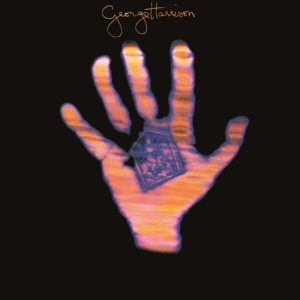
 3.5
3.5
